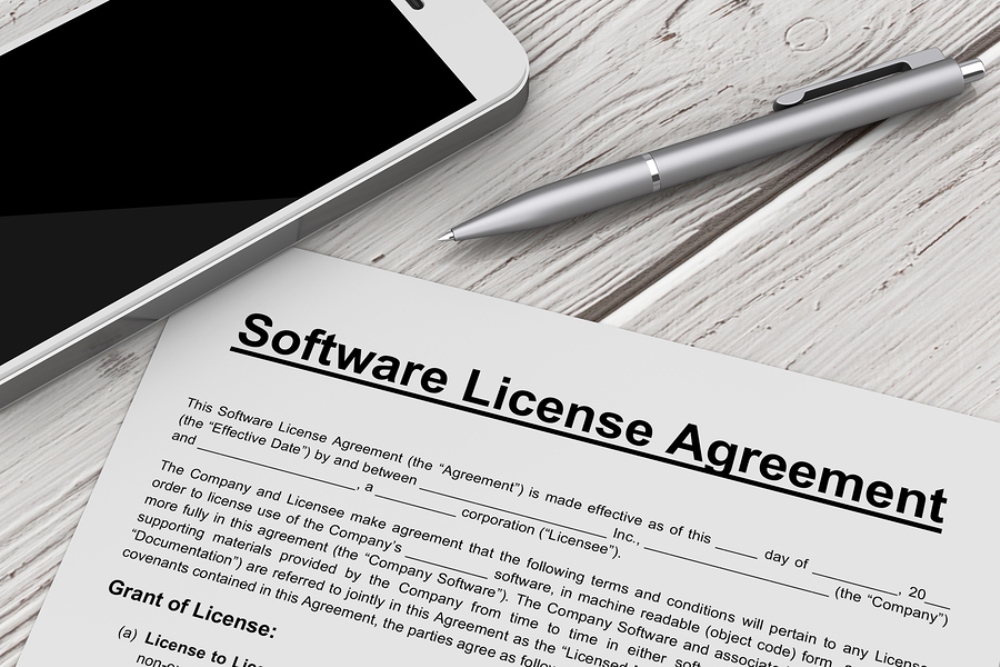
Some hardware solutions are now being offered in the form of software. And the popularity of on-demand offerings is prompting more companies to offer their software via subscription. That’s creating new challenges for businesses as they adjust to this new way of the world. And it’s impacting everything from design and delivery, to IT and marketing, to operations and sales.
As a result, businesses need to rethink the way they do things, adopting new processes and licensing tools to more effectively address marketplace demands and position themselves for success. That involves a lot of work. It can even be painful at times. But you know what they say: No pain, no gain.
At Gemalto’s LicensingLive! 2017 earlier this year, representatives from AVST, Juniper Networks, Philips (News - Alert), Sharp Electronics, Trimble, and Viavi Solutions shared their experiences and advice on software monetization.
One of the key takeaways from the panel was software licensing and monetization strategies need a champion to gain buy-in across the organization because the impacts of new licensing strategies will be felt far and wide.
“For my company I can’t name a group that isn’t involved,” commented Tom Minifie (News - Alert), CTO of unified communications software company AVST, which is moving from perpetual use to subscription-based licensing.
That includes developers, the IT team, QA, and some operations folks, he said. Plus, AVST (News - Alert) need to consider its channel go-to-market partners. Minifie said every person in the organization is customer-facing to some degree, so everyone needs to be equipped with the corporate answer as to why AVST is implementing this change.
That means those involved must formulate the strategy and related messaging explaining the purpose of the effort. They then need to communicate that message to various teams within and related to the organization in terms they understand – and that address how each group will be affected and will benefit.
Laying this foundation is key to the success of such efforts. For example, if salespeople don’t understand the strategy, or if they’re unsure if they’ll be paid as well and as quickly from a subscription sale as they are from a perpetual sale, they’ll push the offering they know. So organizations need to make sure these new models are lucrative for salespeople, and they need to communicate that to these individuals.
“We had a consistent message, but the delivery was different” based on the group with whom it was sharing the new strategy message, said Vince Jannelli, innovative product management and marketing executive at Sharp (News - Alert) Electronics. When he spoke to product people, Jannelli said, he talked about flexibility in licensing. The conversations with the sales staff, he added, is more challenging.
In fact, Jannelli said, creating new strategies and adopting new tools to enable them is easy relative to the resistance you may run into in attempting to get buy-in across the organization. That’s why it’s so important for these efforts to have evangelists.
“In each of those organizations or roles, you need a champion,” Jannelli said. “Because that’s how you affect change. It’s definitely a team sport.”
Saura Naim, senior director of enterprise business operations and transformation of Juniper Networks (News - Alert), agreed.
Edited by Mandi Nowitz
 Internet Telephony Magazine
Click here to read latest issue
Internet Telephony Magazine
Click here to read latest issue CUSTOMER
CUSTOMER  Cloud Computing Magazine
Click here to read latest issue
Cloud Computing Magazine
Click here to read latest issue IoT EVOLUTION MAGAZINE
IoT EVOLUTION MAGAZINE




